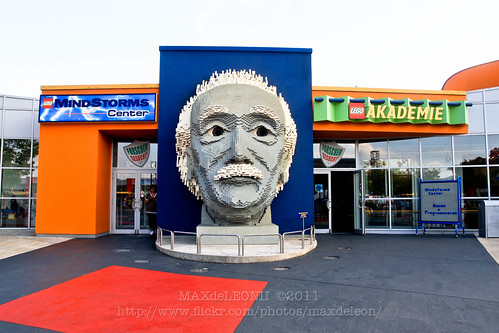
Friday, September 2, 2011
Albert Einstein
Around the turn of the last century it was believed that physics was pretty much a closed book, that Newtonian physics explained it all. Then in 1905 a humble patent inspector named Albert Einstein published four key papers based simply on sitting at his desk and thinking that revolutionized the face of science. To take one, "On a Heuristic Viewpoint Concerning the Production and Transformation of Light" (the basis for his 1921 Nobel prize) looks at a phenomenon that had not been explained before that point, the fact that electrons are ejected from a surface when you irradiate it with an appropriate wavelength of light. Einstein suggested that light could be described as both a wave and as discrete particles. This wave/particle duality forms one of the key elements of quantum mechanics. He realized that when you deal with very small amounts of energy, you find that it is quantized - that is, you cannot break it down into smaller units (just like matter can be broken down into smallest units). His other studies went on to revolutionize our understanding of matter, energy, gravity, magnetism, light, and the nature of space itself. It's no surprise that he has become the face of science and genius, and this huge bust can be found in Legoland Germany (there's a similar bust at Legoland California, and probably the other Legolands as well).


Labels:
official set,
physics
Subscribe to:
Post Comments (Atom)
No comments:
Post a Comment